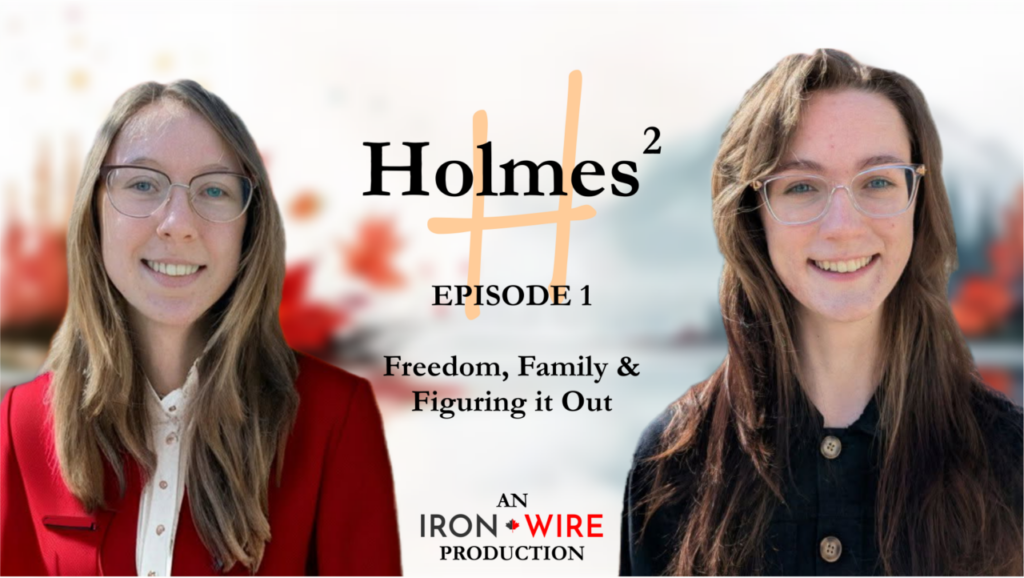Catholic husband murdered by Japanese in WWII for defending marriage to be declared saint – LifeSite
VATICAN CITY (LifeSiteNews) — A Catholic husband, father, and catechist from Papua New Guinea who was killed by the Japanese in World War II for defending Church teaching on marriage will be declared a saint.
The Holy See Press Office announced that Pope Francis approved the canonization of Blessed Peter To Rot (pronounced “toe rote”) on March 28.
The blessed was born in 1912 in the village of Rakunai on the island New Britain to a prominent chieftain, Angelo Tu Puia, who had converted to Catholicism with his wife, Maria, in 1898 and whose example had encouraged the spread of the faith.
Raised in a devout, first-generation Catholic family, Blessed Peter was known for his piety. He served the altar and attended Mass daily from a young age, receiving Holy Communion earlier than usual and eventually moved in with relatives to be closer to the church.
He was considered a candidate for the priesthood by his parish priest, Father Carl Laufer, a German Missionary of the Sacred Heart (MSC), but his father refused, believing it was too early to ordain a priest from his son’s generation. Tu Puia agreed instead for the boy to study as a catechist, an important role due to the lack of clergy in the region.
At age 21, Blessed Peter became the youngest catechist in Rakunai, teaching in the parochial school, making visits to the sick, and evangelizing people about the Catholic faith. He made frequent visits to the Blessed Sacrament and reportedly always carried a Bible.
On November 11, 1936, he married Paula Ja Varpit, a former student of his catechism class. The couple had a happy and respectful marriage, prayed together daily, and had three children. Catholic Online noted that, after the birth of their first child, Andreas, “Peter was a very proud father and often carried the child around with him, holding him and playing with him. Andreas spent more time with his father than his mother, an unusual fact in the culture.”
But their lives changed forever in 1942, when the Empire of Japan invaded New Guinea and soon cracked down on the Church, rounding up hundreds of missionaries and interning them in a concentration camp. The departing Father Laufer entrusted the people of his parish to Blessed Peter, telling him, “To Rot, I am leaving all my work here in your hands. Look after these people well. Help them, so that they don’t forget about God.”
The catechist embraced this charge with zeal, becoming a pillar of the Church during the Japanese occupation. He gathered the villagers for prayer in caves, administered Baptism, officiated at marriages, prayed with the sick, buried the dead, catechized children and adults, and exhorted the people to remain faithful to God.
After the Japanese destroyed the parish church of Rakunai, he built a new one on the outskirts of the village using only branches. He also frequently visited the interned missionaries in secret, according to Father Laufer.
In 1943, Japanese authorities, fearful that the Catholics’ prayers and the wrath of the Christian God was contributing to military defeats, banned Christian worship and threatened imprisonment for prayer, marriages, and any religious gatherings, including in homes.
But Blessed Peter defied the restrictions, continuing to organize Catholics in secret and hiding church records. “The Japanese cannot stop us loving God and obeying his laws!” he declared. “We must be strong and we must refuse to give in to them.”
“You have taken our priests from us, but you cannot forbid us to be Catholics, and to live and die as Catholics,” he said.
In addition to outlawing Christianity, the Japanese sought to win over the locals and gain control over them by legalizing polygamy, a previously widespread practice condemned by the Church. Blessed Peter fiercely opposed the return of polygamy, rebuking men found to have taken a concubine.
“He insisted that the villagers follow the Church’s teaching about marriage and that they come to him, their catechist, to witness the marriages. Anything else was a sin before God,” Catholic Online related.
Blessed Peter was finally arrested in 1945 for officiating at a Catholic marriage after a native spy whom he had prevented from taking a second “wife” reported the wedding to his superiors.
Japanese authorities raided the homes of Blessed Peter and his two brothers, who served as witnesses at the wedding, confiscated his religious books, and beat the catechist. They sentenced him to two months in prison, accusing him of holding religious gatherings and opposing polygamy.
“I am here because of those who broke their marriage vows and because of those who do not want the growth of God’s kingdom,” he said about his imprisonment.
The steadfast Catholic, interned in a concentration camp that the Japanese had established in a cave, expected his martyrdom. When the Catholic chief of Rakunai and the Methodist chief of Navunaram sought in vain to secure his release, he reportedly told them, “Do not worry about me. I am a catechist and I am only doing my duty. If I die, I die for my faith.”
A fellow inmate noted that Blessed Peter’s wife, who gave birth to their third child shortly after his death, and mother regularly visited him, taking him food daily. In one of the final visits, he confided to his mother, “The police have told me that the Japanese doctor will be coming to give me some medicine. I suspect that this is a trick. I am really not ill at all and I cannot think what all this means.”
Indeed, one evening in July 1945 – just a month before Japan’s surrender to the Allies – the police chief summoned Blessed Peter after sending the other prisoners away for a “party.”
The “doctor” gave Peter an injection and stuffed wool in his ears and nose, and he convulsed until losing consciousness, according to one prisoner. When his villagers removed his corpse for burial, they could see evidence that he was strangled, with a crushed throat, punctures in the back of his head, and fluid trickling from his mouth.
Though the Japanese claimed that Blessed Peter died of a “secondary infection,” the crowd that thronged his funeral at the Catholic cemetery, where he was given a chief’s burial, recognized him as a martyr. The police chief who was eventually tried for atrocities later admitted to having arrested the catechist because of “too much Christo.”
Pope St. John Paul II beatified Blessed Peter To Rot in Papua New Guinea in 1995. “His witness to the Gospel inspired others, in very difficult situations, because he lived his Christian life so purely and joyfully. Without being aware of it, he was preparing throughout his life for his greatest offering: by dying daily to himself, he walked with his Lord on the road which leads to Calvary (Cf. Mt. 10: 38-39),” the pontiff declared.
“When the authorities legalized and encouraged polygamy, Blessed Peter knew it to be against Christian principles and firmly denounced this practice. Because the Spirit of God dwelt in him, he fearlessly proclaimed the truth about the sanctity of marriage. He refused to take the ‘easy way’ (Cf. ibid. 7: 13) of moral compromise,” he recalled.
“The Martyr’s example speaks also to married couples,” Pope John Paul II continued. “Blessed Peter To Rot had the highest esteem for marriage and, even in the face of great personal danger and opposition, he defended the Church’s teaching on the unity of marriage and the need for mutual fidelity. He treated his wife Paula with deep respect and prayed with her morning and evening.”
Invoking Blessed Peter To Rot, Pope Benedict XVI also said in 2012, “I encourage all married couples to look to his example of courage and thus help others to see the family as a gift from God and the privileged environment where children ‘are enabled to be born with dignity, and to grow and develop in an integral manner’ (Homily, July 9, 2006).”















